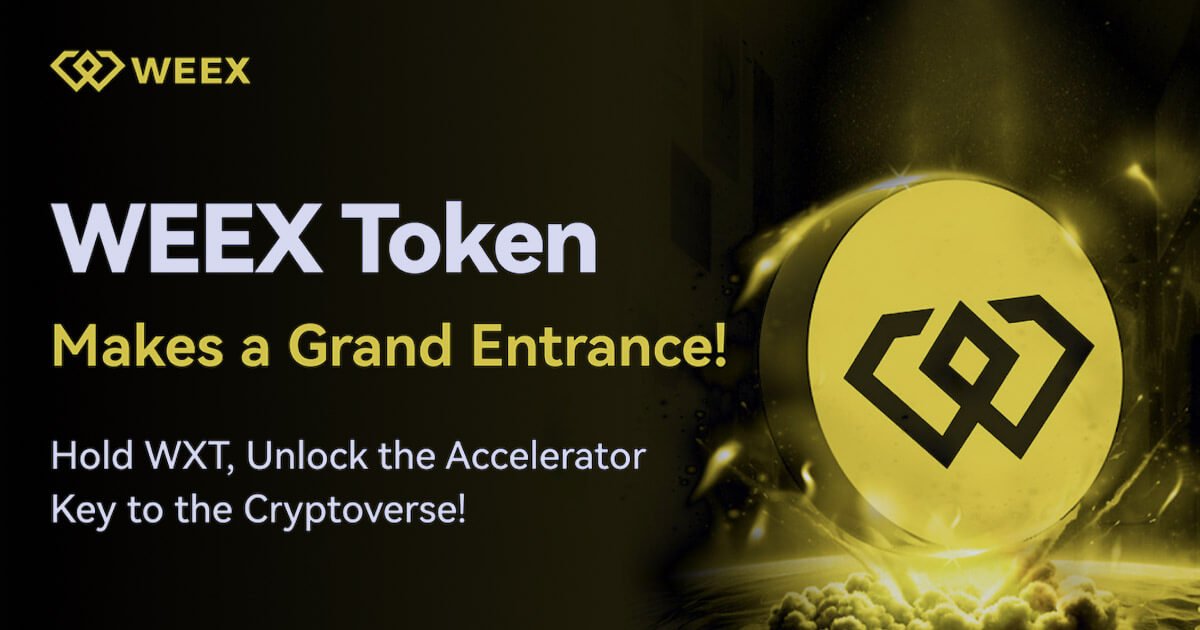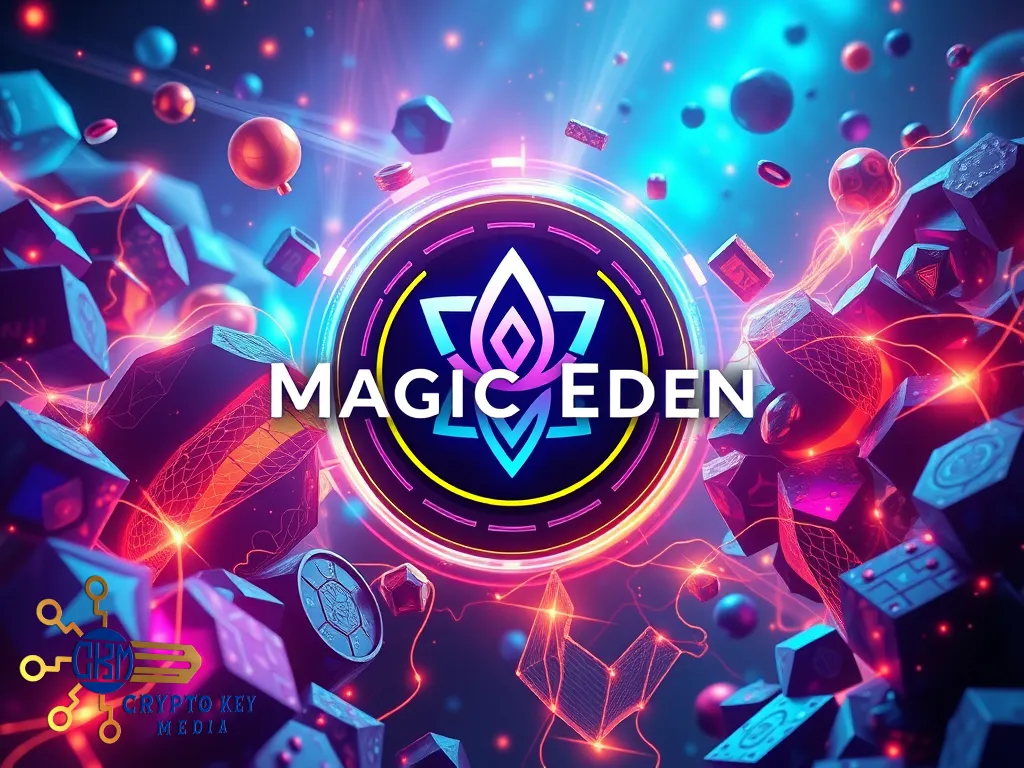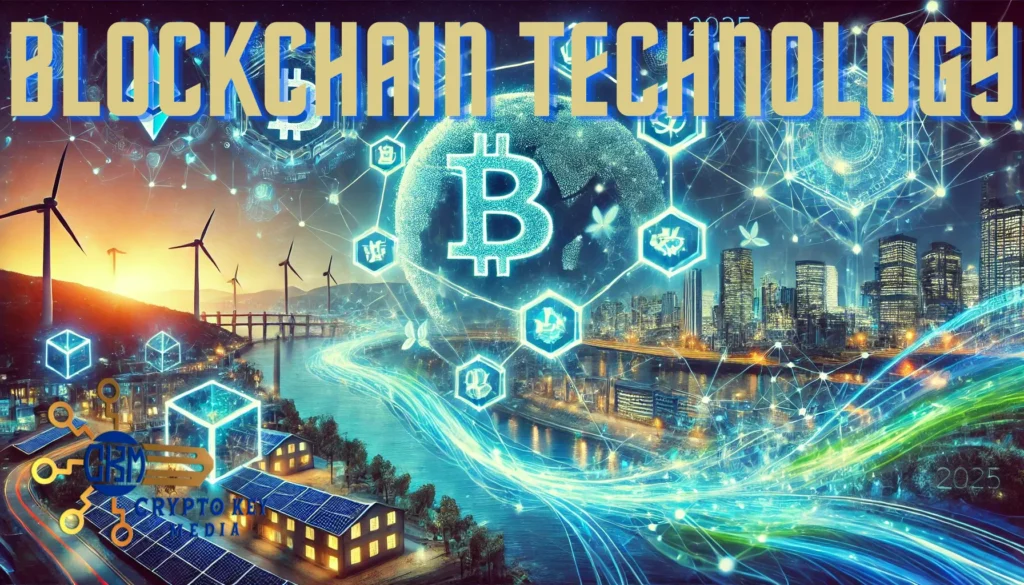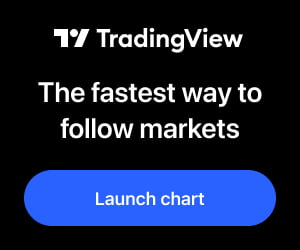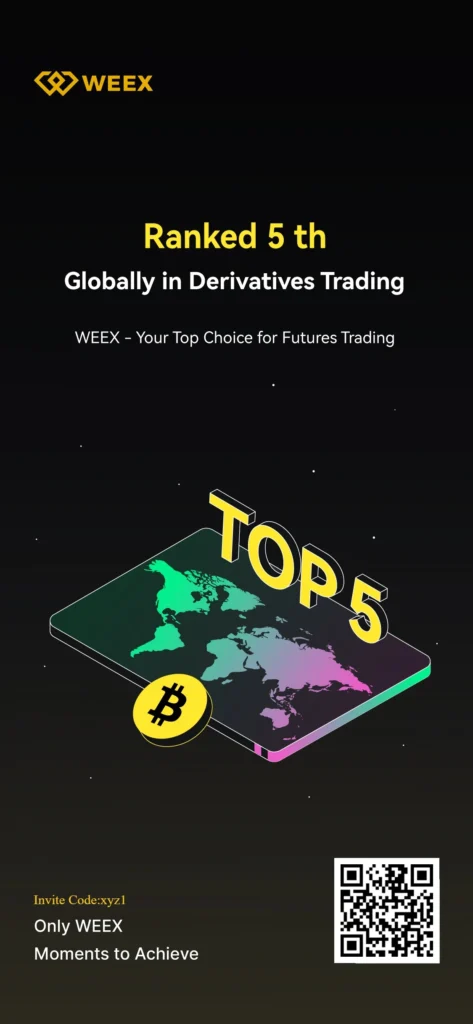
In a groundbreaking announcement, tech giant Sony has revealed its latest foray into blockchain technology—a cutting-edge layer-2 blockchain built on Ethereum. This exciting development promises to transform the Web3 experience across multiple sectors, including entertainment, gaming, and finance. By leveraging Ethereum’s robust security and decentralized framework, Sony aims to enhance user experiences with more efficient transactions, better scalability, and innovative blockchain-driven solutions.
With Web3 still in its early stages, Sony’s venture into the space signals a shift toward wider adoption of decentralized technologies, particularly in industries like gaming and entertainment, where interactivity and ownership are increasingly key. Let’s explore the details of Sony’s new layer-2 blockchain, its potential impact on the Web3 space, and how this will change the future of entertainment, finance, and gaming.
The Power of Layer-2: Why Sony Chose Ethereum
Ethereum is a natural choice for Sony’s blockchain ambitions. As one of the most established and widely adopted blockchains, Ethereum provides a strong foundation of security and decentralized infrastructure. However, despite Ethereum’s popularity, it has been criticized for its scalability issues and high gas fees, especially when traffic on the network surges. These challenges have made it difficult for industries like gaming and entertainment, which often require fast and frequent transactions, to fully leverage Ethereum’s capabilities.
This is where Sony’s layer-2 blockchain comes into play. Layer-2 solutions are built on top of existing blockchain platforms (in this case, Ethereum) to improve scalability and reduce transaction fees without sacrificing security. Layer-2 technologies like rollups and sidechains allow for more transactions to occur off-chain, which significantly boosts performance and makes the network more suitable for high-traffic applications like games and financial services.
By building on Ethereum, Sony can take advantage of the Ethereum network’s established user base, developer tools, and decentralized security while solving key issues like speed and cost. This strategic move places Sony at the forefront of the Web3 revolution, enabling it to introduce a more seamless blockchain experience for users.
Revolutionizing Entertainment and Gaming with Web3
The entertainment and gaming industries are some of the biggest beneficiaries of Sony’s layer-2 blockchain. For years, these industries have explored the potential of blockchain technology, but the high costs and scalability issues have often hindered progress. Sony’s solution promises to overcome these hurdles, opening the door to new, decentralized Web3 experiences that could transform how consumers interact with games, music, and movies.
In the world of gaming, blockchain technology introduces exciting possibilities for players. Non-fungible tokens (NFTs), decentralized marketplaces, and true ownership of in-game assets have already begun to reshape the gaming landscape. Sony’s layer-2 blockchain will enhance these experiences by making transactions faster and more affordable, allowing gamers to buy, sell, and trade their digital assets without incurring high fees or facing long processing times. This could fuel the growth of play-to-earn (P2E) models, where players are rewarded with digital currencies or assets for their participation in games, blurring the lines between gaming and finance.
In addition to gaming, Sony’s blockchain will also have a profound impact on entertainment, particularly in the realm of digital content distribution. Musicians, filmmakers, and other content creators can use blockchain to tokenize their work, giving them more control over distribution and royalties. Fans, in turn, could own unique digital versions of their favorite albums, movies, or shows, creating a deeper connection between artists and their audiences.
Finance Meets Blockchain: Transforming Financial Services
Sony’s blockchain isn’t just about entertainment and gaming—it also has the potential to shake up the world of finance. Blockchain technology has long been seen as a game-changer for the financial sector, offering faster transactions, greater transparency, and improved security. Sony’s layer-2 blockchain could take these benefits to the next level by providing a more scalable and cost-effective solution for decentralized finance (DeFi) applications.
DeFi is a rapidly growing sector within the Web3 ecosystem, offering users the ability to lend, borrow, trade, and earn interest on their digital assets without the need for traditional banks or financial intermediaries. However, like gaming, DeFi applications on Ethereum often face high fees and slow transaction times, especially during periods of network congestion. Sony’s layer-2 solution could help DeFi platforms overcome these limitations, making decentralized financial services more accessible to a broader audience.
Whether it’s decentralized lending, yield farming, or stablecoins, Sony’s blockchain could provide the infrastructure necessary to bring DeFi to the masses, bridging the gap between traditional finance and the emerging world of Web3.
What’s Next for Sony’s Blockchain Vision?
With Sony’s commitment to pushing the boundaries of technology, it’s clear that the company’s layer-2 blockchain is only the beginning of its blockchain ambitions. The entertainment, gaming, and finance sectors are just the first to experience the benefits of this revolutionary technology. In the future, we can expect Sony to continue innovating in the Web3 space, expanding its blockchain ecosystem and collaborating with developers, creators, and businesses to unlock new possibilities.
As Sony continues to develop its blockchain technology, it will be interesting to see how other major players in the tech and entertainment industries respond. With companies like Sony leading the charge, the shift toward decentralized technologies is accelerating, and we’re only scratching the surface of what’s possible in Web3.
Conclusion: Sony Leads the Charge in Web3 Innovation
Sony’s announcement of its layer-2 blockchain built on Ethereum marks a significant moment in the evolution of Web3. By solving the scalability issues of Ethereum and introducing a more efficient platform, Sony is setting the stage for a new era in entertainment, gaming, and finance. Whether you’re a gamer, a content creator, or an investor in DeFi, Sony’s blockchain promises to enhance the Web3 experience in ways that were previously unimaginable.
The future of decentralized technology is bright, and with Sony at the helm, exciting times are indeed ahead.
FAQs
1. What is a layer-2 blockchain, and why is Sony using it?
A layer-2 blockchain is built on top of an existing blockchain to improve scalability and reduce transaction fees. Sony is using Ethereum’s layer-2 to enhance speed and performance for Web3 applications in entertainment, gaming, and finance.
2. How will Sony’s blockchain impact gaming?
Sony’s blockchain will make it easier for gamers to buy, sell, and trade in-game assets with lower fees and faster transactions. This could accelerate the growth of play-to-earn models and decentralized gaming ecosystems.
3. What role does Ethereum play in Sony’s blockchain?
Ethereum serves as the foundation for Sony’s layer-2 blockchain. By building on Ethereum, Sony can leverage its security and decentralized framework while addressing key issues like transaction speed and cost.


